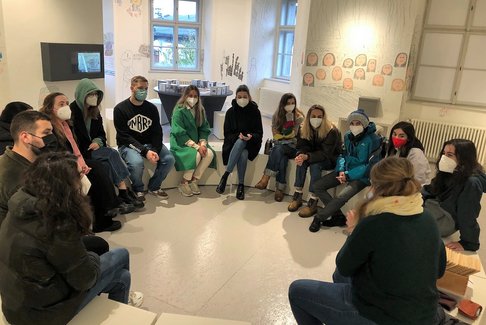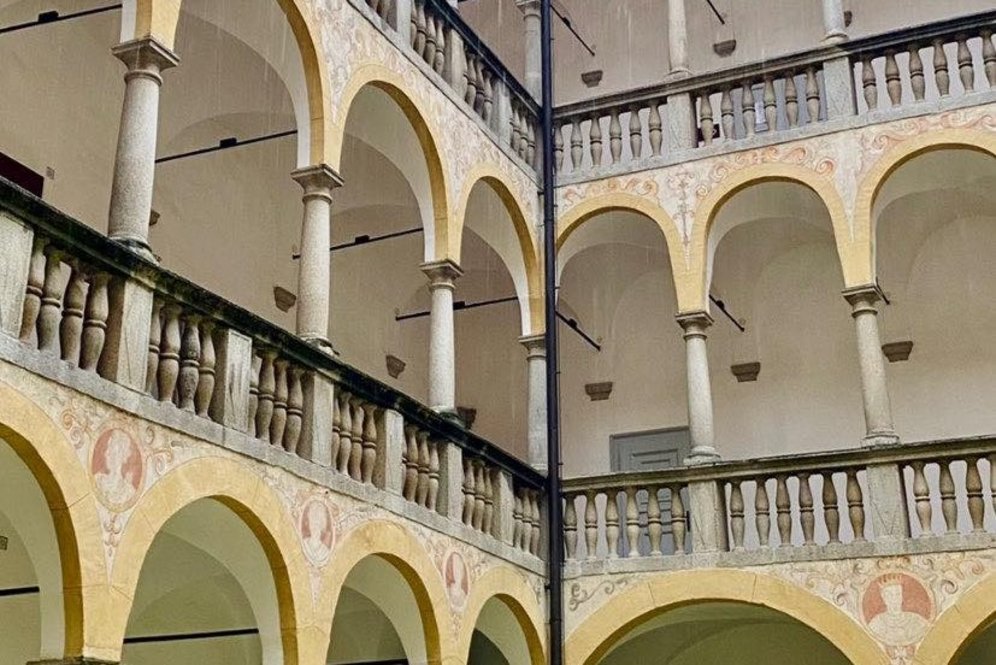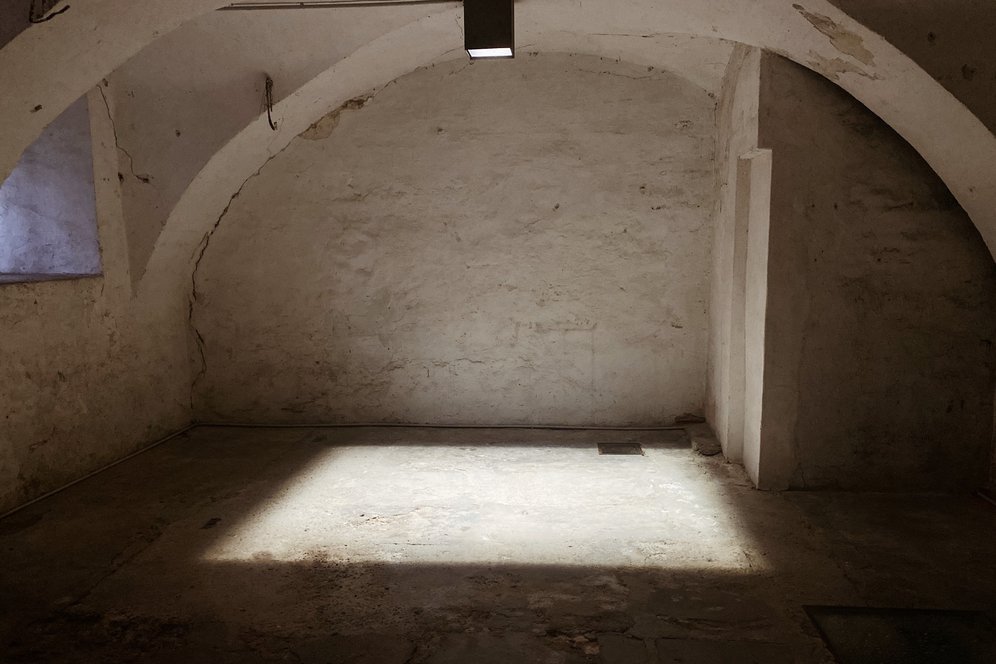The Shadows of Past: Exkursion zum Lern- und Gedenkort Schloss Hartheim.

Für die Incoming Studierenden wurde im Studienjahr 2022/23 erstmals die Lehrveranstaltung "The Shadows of Past. Linz and Upper Austria in the Nazi-Period" angeboten. Der von Professorin Birgit Kirchmayr vom Institut für Neuere Geschichte und Zeitgeschichte an der JKU und Andreas Schmoller, Leiter des Franz und Franziska Jägerstätter Instituts der KU Linz, geleitete Kurs umfasste die Kapitel Führerstadt Linz, jüdisches Linz, das System der NS-Zwangsarbeit und Konzentrationslager sowie Formen des Widerstands gegen den Nationalsozialismus. Drei Exkursionen vertieften die Inhalte. Neben einem Besuch des Zeitgeschichte Museums in der VÖEST, einer Fahrt nach St. Radegund, den Geburts- und Wohnort Franz Jägerstätters, stand am 4. November 2022 auch eine Führung im Lern- und Gedenkort Schloss Hartheim auf dem Programm.
Der folgende Bericht umfasst eine Zusammenschau aus Reflexionen, welche die Student:innen im Anschluss an die Exkursion verfasst haben.
Arriving in Hartheim
What is happening behind the walls of Hartheim Castle? On the surface, a beautiful castle, which looks inviting from afar, without suspecting what kind of story is hidden behind the castle walls. Entering the castle itself, that grayness and the remains of gas smoke on the facades of the castle struck me even more.
Hartheim Castle is located in Alkoven which is a town 14 kilometers from Linz. It was built in 16th century and it was the residece fort he House of Starhemberg for more than 100 years before it was donated to the Upper Austrian State Welfare Society in 1898. The idea of this donation was that the castle would become a home for the handicapped or institute for “idiots” as it was described at the time. To this purpose between 1900 and 1910 the building was rehabilitated so that it could meet the needs of the disabled. One of the major improvements made to the castle for this aim was in 1926 and consisted in the introduction of a bed lift.
"Euthanasia": The Action T4
However, things took a tragic turn when in 1939 the castle was confiscated by the Nazis and what was supposed to be a humanitarian place with a clear purpose, namely to help the disabled, was transformed into a monstrous institute of terror that also had a clear purpose, the extermination of the disabled. In the program called action T4 six such euthanasia centers were opened and one of them was Hartheim Castle. For this purpose of killing disabled people the Nazis completed the castle with two crematoria and a gas chamber.
Overall around 30 000 people were murdered in Hartheim Castle between 1940 and 1944. On the one hand, these were people with physical and mental disabilities and mental illnesses who were in psychiatric institutions, were housed in nursing homes or welfare homes. On the other hand, prisoners who were unable to work were also removed from the concentration camp systems Mauthausen-Gusen, Dachau and Ravensbrück, as well as civilian forced laborers from Eastern Europe and the Soviet Union were brought to Hartheim.
Final Reflection
If one deconstructs this space into separate elements, one can highlight textual and material aspects, a long list of all the victims’ names and personal belongings. For me, it became a meeting point of history and memory. The former usually tries to be objective, and operates with “dry” facts, numbers, and names, while the latter is about something intimate, sometimes romanticized, but real. As for the room with endless text, there is an effort to give meaning to everyone to avoid missing a single name, but they all, at some point, get lost and merge into one.
I believe that visiting this kind of places is good opportunity to honor all of these brave people who was sacrificed by the regime. Personally, I think that at this point, the only thing we can do for their memory is keep this past alive as much as we can! These memorial venues, chambers, the things and photos, these are the most valuable things which remain and it is our responsibility and duty to memorialize them!
Lesen Sie hier den gesamten Bericht.
Fotos: Anastasia Bodnaruk, Vanja Joksimovic, Andreas Schmoller.
22.12.2022/HE




